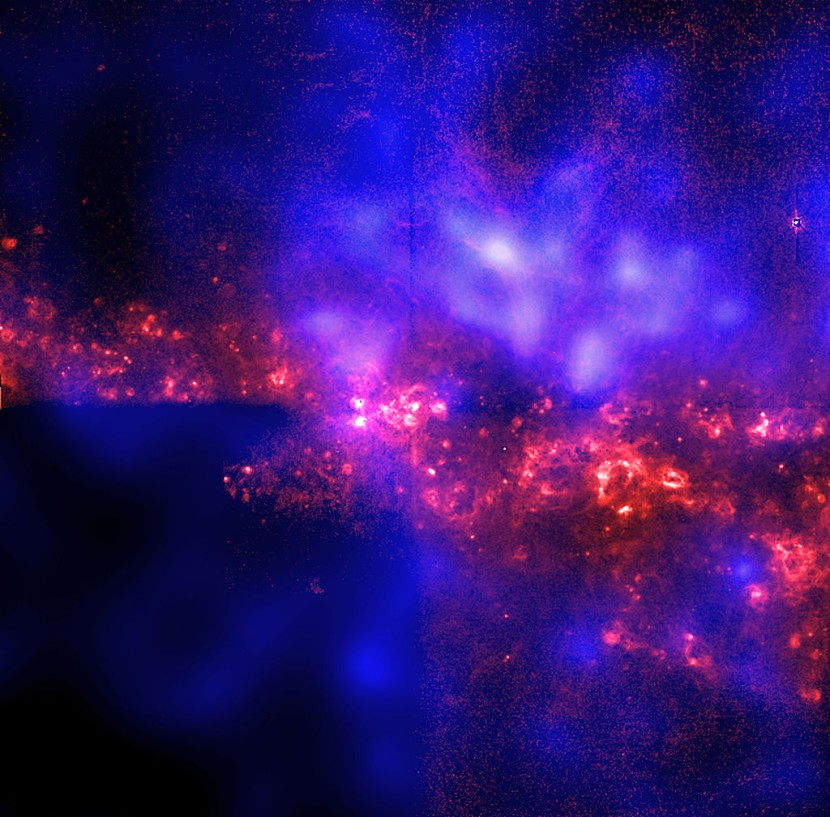Astronomers have identified a new threat to life on Earth and other planets using NASA's Chandra X-ray Observatory.
The new threat is a phase in which intense X-rays from exploded stars affect planets over a hundred light-years away. It comes from a supernova's blast wave that strikes dense gas surrounding the exploded star.
Chandra X-Ray Observations
When this impact occurs, it can produce a hefty dose of X-rays that reaches an Earth-like planet months to years following the explosion and may last for many years. This type of exposure may trigger an extinction event on the planet, as reported by PhysOrg.
The new study reported that the threat is based on the X-ray observations of 31 supernovae and their aftermath. It shows the planets can be in for lethal doses of radiation as much as about 160 light-years away.
It can be recalled that most research on the effects of supernova explosions focused on the danger that comes from two periods- the days and months after the explosion and the one that comes hundreds to thousands of years afterward.
If X-rays sweep over a nearby planet, its radiation could alter the atmospheric chemistry of that planet. In the case of Earth, it could eradicate a significant portion of ozone, which could be detrimental to humanity. It could also lead to the death of many organisms, especially marine ones, at the foundation of the food chain, which could turn into an extinction event.
The Earth and the solar system are in a safe space currently when it comes to potential supernova explosions. However, many other planets in the Milky Way are not.
Scientists are constantly monitoring the skies for any potential supernova explosions, and they have identified several stars that could go supernova in the next few thousand years. If any of these stars were to explode, it could significantly impact nearby planets.

Effects of Supernova Explosion
In addition to the immediate effects of the explosion, such as the release of radiation and shock waves, there are also long-term effects.
One of the most significant is the creation of heavy elements formed in a supernova explosion's intense heat and pressure. These elements are then dispersed throughout the galaxy, where they can eventually become incorporated into new stars and planets.
While the potential effects of a nearby supernova explosion are concerning, scientists are working to understand the risks better and develop ways to mitigate them. By studying the stars and galaxies around us, we can better understand the universe and our place within it.
Supernova explosions are not only a threat to nearby planets, but they also provide valuable insights into the workings of our universe. Scientists use supernovae as cosmic "lighthouses" to measure distances in space and determine how fast the universe is expanding.
Despite their potentially devastating consequences for nearby planets, studying supernova explosions allows us better to understand ourselves and the vast expanse beyond us.
As we continue peering out at these distant stellar events across time and space using increasingly sophisticated tools like telescopes mounted aboard spacecraft traveling far beyond Mars or Jupiter's orbit - who knows what discoveries await?
Related Article: Chandra X-Ray Observatory: Jet Of Supermassive Black Hole Illuminated By Ancient Light Discovered
© 2026 HNGN, All rights reserved. Do not reproduce without permission.








